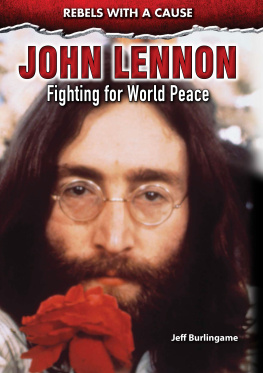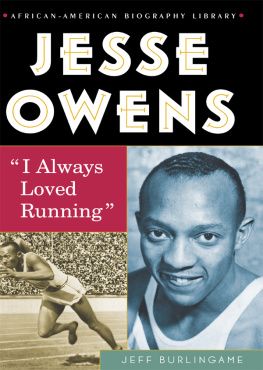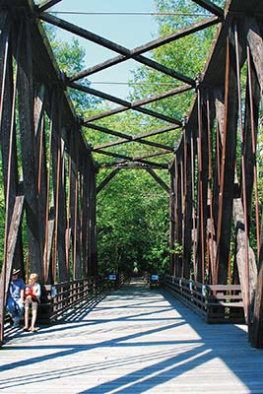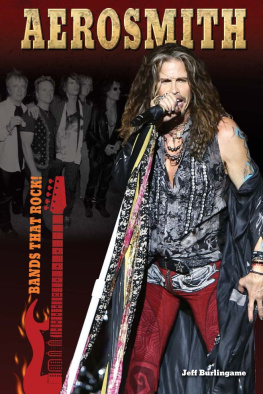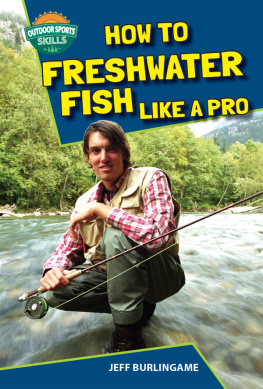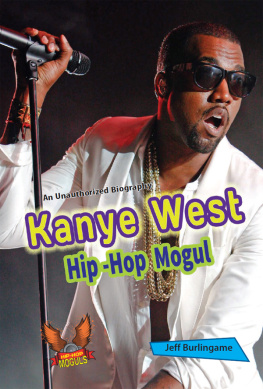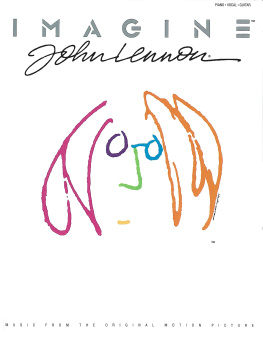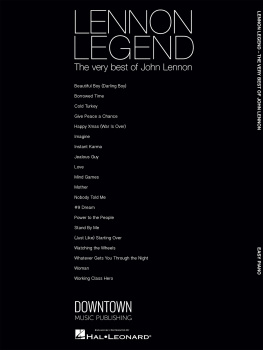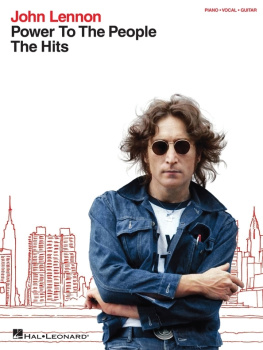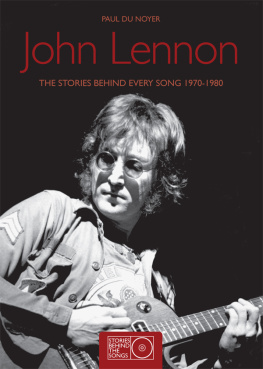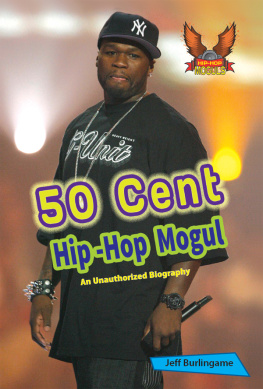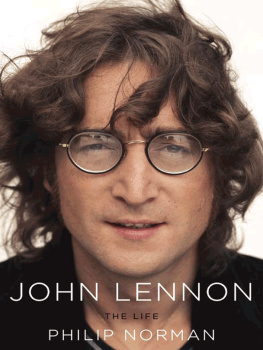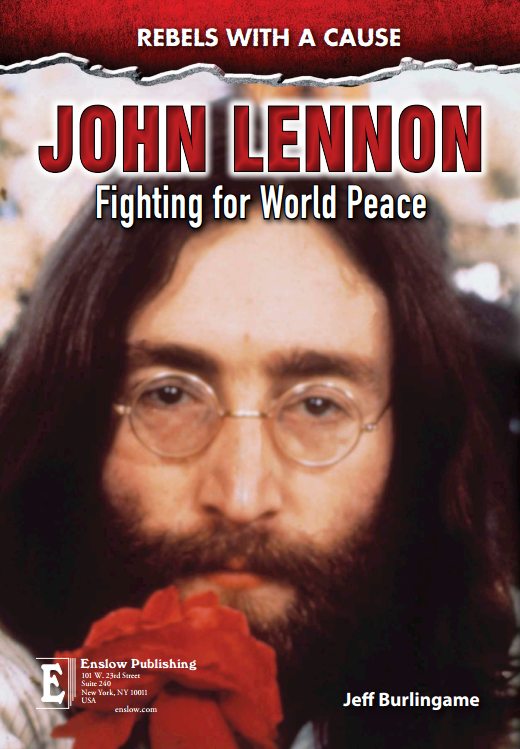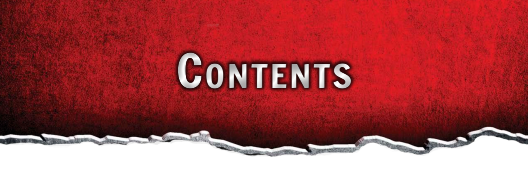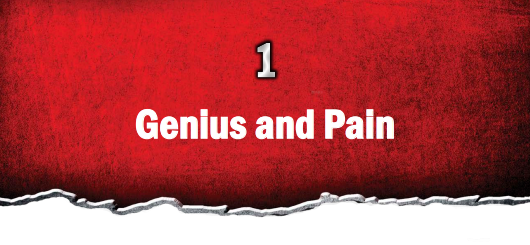Published in 2018 by Enslow Publishing, LLC.
101 W. 23rd Street, Suite 240, New York, NY 10011
Copyright 2018 by Jeff Burlingame
Additional materials copyright 2018 by Enslow Publishing, LLC.
All rights reserved.
No part of this book may be reproduced by any means without the written permission of the publisher.
Library of Congress Cataloging-in-Publication Data
Names: Burlingame, Jeff, author.
Title: John Lennon : fighting for world peace / by Jeff Burlingame.
Description: New York : Enslow Publishing, 2018. | Series: Rebels with a cause | Includes bibliographical references and index. | Audience: Grades 7-12. Identifiers: LCCN 2017027841 | ISBN 9780766092600 (library bound)
| ISBN 9780766095649 (paperback)
Subjects: LCSH: Lennon, John, 1940-1980Juvenile literature. | Rock musiciansEnglandBiographyJuvenile literature. | LCGFT: Biographies. Classification: LCC ML3930.L34 B85 2017 | DDC 782.42166092 [B] dc23 LC record available at https://lccn.loc.gov/2017027841
Printed in the United States of America
To Our Readers: We have done our best to make sure all website addresses in this book were active and appropriate when we went to press. However, the author and the publisher have no control over and assume no liability for the material available on those websites or on any websites they may link to. Any comments or suggestions can be sent by email to .
Portions of this book originally appeared in John Lennon: Imagine by Jeff Burlingame.
Photo Credits: Cover, pp. 3, 68, 82 Bettmann/Getty Images; pp. 7, 58 Mirrorpix/ Getty Images; pp. 8-9 Hal Mathewson/New York Daily News Archive/Getty Images; p. 12 Gems/Redferns/Getty Images; p. 17 Mark and Colleen Hayward/ Hulton Archive/Getty Images; p. 20 Everett Collection Inc.; p. 28 Topham/The Image Works; pp. 36-37, 41 Michael Ochs Archives/Getty Images; p. 45 Keystone Pictures USA/Alamy Stock Photo; p. 47 Ellen Piel/K&K/Redferns/Getty Images; pp. 52-53 Harry Benson/Hulton Archive/Getty Images; p. 60 Terry ONeill/
Iconic Images/Getty Images; pp. 63, 77 Keystone-France/Gamma-Keystone/
Getty Images; pp. 74-75 AP Images; p. 85 Cummings Archives/Redferns/Getty Images; p. 88 Images Press/Archive Photos/Getty Images; p. 91 TopFoto/The Image Works; p. 93 Mary Evans/Ronald Grant Archive/The Image Works; p. 95 New York Daily News Archive/Getty Images; p. 99 Wendell Teodoro/WireImage/ Getty Images; p. 100 Theo Wargo/Getty Images; interior pages graphic element Eky Studio/Shutterstock.com.
I t had been several hours since the girls had screamed and sobbed for them, and 3,500 miles since their plane had left the London airport, each second of its ascent shrinking the thousands of song-singing Britons below, until their We Love You, Beatles signs no longer could be seen from the windows of Pan Am Flight 101.
The pre-takeoff passion on February 7, 1964, had been expected. The Beatles were Englands biggest rock-and-roll band, heading off to America for the first time to try to succeed in a country where so many other British bands had failed. America was a difficult market to penetrate because rock-and-roll music had been invented there. It was home to groundbreaking musicians such as Chuck Berry, Bob Dylan, and Elvis Presley. Those were the people the four Beatles had grown up listening to and had drawn inspiration from.
As New York City came into view, the Beatles outspoken leader, John Lennon, had questions. He wondered exactly what the trip to America would hold for him and his three bandmates. Years later, Lennon said, We didnt think we stood a chance.


Fans went crazy for the Beatles, and Beatlemania quickly spread. Here, fans are shown being restrained by police officers while waiting for the Beatles to arrive at New Yorks Kennedy airport.
Lennons fears may have been calmed had he known exactly how much publicity he and his band had been receiving in the United States. They knew that just a few days earlier their single, I Want to Hold Your Hand, had become the number one record in America. But they did not know their record label had spent $50,000 on a campaign to spread word of their impending arrival. They did not know that five million The Beatles Are Coming stickers had been plastered across the United States, nor did they know that 50,000 people had applied for the 728 seats available to see them perform on TV.
Roughly 10,000 people, mostly teenagers, were waiting at the John F. Kennedy International Airport terminal when the band arrived. Screams filled the air as the Beatles exited the plane and were ushered to a press conference inside the airport. The room was full of reporters, who began firing off questions as soon as the band members walked in. It was near chaos, but with his first words, Lennon took control: Everybody just sharrup [shut up]. The media applauded, then did just as Lennon asked. The questions came at them rapid-fire, and the Beatles handled them all with the sarcastic wit that had helped make the band so endearing in Europe.
The bands most immediate questions had been answered. America had turned out to see the Beatles, and eventually fell for them as hard as their own country had. But Lennon was not satisfied with all that. He also had deeper issues on his mind. Namely, were people really listening to his music, or were they just caught up in the hype of it all?
For Lennon, the answer was clear. He said, What we generated was fantastic when we played straight rock, and there was nobody to touch us in Britain. But as soon as we made it, the edges were all knocked off... [W]e made it very, very big. We sold out.. The Beatles music died then.. We killed ourselves then to make itand that was the end of it
But before there could be an end, there had to be a beginning. Lennons had come nearly a quarter-century earlier in a war-torn English city as gritty and staunch as he.
A t the time of John Lennons birth on October 9, 1940, his country of England was in the midst of the infamous Battle of Britain, the name given to Germanys all-air campaign against England. The German air force eventually was held at bay by Britains Royal Air Force, but not before substantial damage was inflicted on England. As a major seaport located on Britains northwestern coast, Johns hometown of Liverpooland its many manufacturing and shipping areaswas one of the most-attacked and most-affected areas of the entire war.
Many believe Johns birth at the Oxford Street Maternity Hospital came during the middle of a ferocious air raid, and that his mother, Julia, was in labor as her relatives rushed through Liverpools darkened streets covering their ears from the piercing air-raid sirensto be there for her.

